Black History Month: 6 Degrees of Connections
Meet six Black artists whose artistry is considered part of the foundation of American art history.
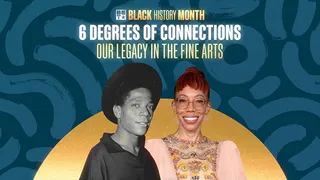
1 / 13
Among the ways that African Americans have showcased their resilience is through the fine arts. Throughout America’s history, Black painters, sculptors, and artisans have used their creative abilities to tell the stories of Black people against all odds, creating new artistic interpretations in the process. Here is a look at six of these highly creative artists whose ability to express themselves has stood the test of time.
Photo By Bet Digital Design | Words by Denise Clay-Murray
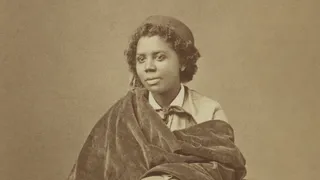
2 / 13
Born in 1844, Edmonia Lewis became the first sculptor of African American and Native American descent to be recognized internationally. Lewis’s art addressed the oppression of both of her cultures. She became interested in the fine arts while studying Oberlin College, and later went on to Boston where she established herself as a professional artist.
Photo By Henry Rocher

3 / 13
In 1865, Edmonia Lewis moved to Rome. Out of a fear of her work (like the The Death of Cleopatra pictured here) not being accepted as original, she did all of her stonework herself, something artists didn’t do at the time. Although Lewis was successful in her day, she passed away in obscurity.
Photo By Anna Moneymaker/Getty Images)
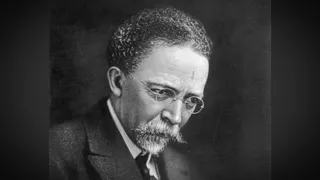
4 / 13
Henry Ossawa Tanner’s work, like much of Lewis’s, focused on the spiritual. Born in Pittsburgh, Pennsylvania, Tanner, a minister’s son, moved to France in the late 1800s, believing that things would be better for him there as a Black artist.
Photo By Getty Images
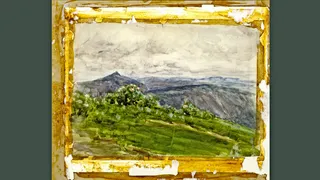
5 / 13
Henry Ossawa Tanner’s work, like much of Lewis’s, focused on the spiritual. Born in Pittsburgh, Pennsylvania, Tanner, a minister’s son, moved to France in the late 1800s, believing that things would be better for him there as a Black artist.
Photo By Heritage Art/Heritage Images via Getty Images
ADVERTISEMENT
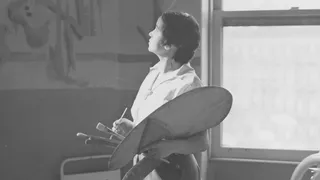
6 / 13
When the Works Progress Administration commissioned a series of murals at Harlem Hospital in 1936, Elba Lightfoot was among the artists that participated in that work. A co-founder of the Harlem Artists Guild, Lightfoot fought to make sure that Black artists were able to not only be a part of the project but were also allowed to paint murals reflective of Harlem’s culture at the time.
Photo By Wiki Commons

7 / 13
Elba Lightfoot was also featured in the exhibit “American Negro Art, 19th and 20th Centuries” in the early 1940s at New York’s Downtown Gallery, the first exhibition of African American art held at a mainstream commercial gallery.
Photo By Getty Stock Images
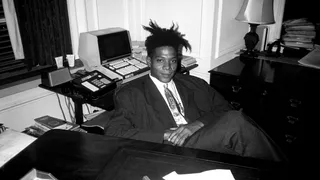
8 / 13
Before collaborating with artist Andy Warhol in the mid-1980s, Jean Michel Basquiat was a young man selling sweatshirts and postcards spotlighting his artwork on the streets of New York. A self-taught artist born in 1960, and one of the fathers of Neo-Expressionism, Basquiat drew on his Haitian and Puerto Rican heritage as one of his sources of inspiration.
Photo By Patrick McMullan/Getty Images
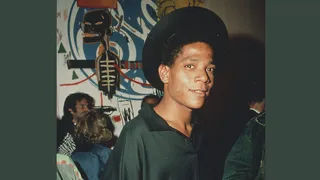
9 / 13
Basquiat’s earlier work featured a crown motif, his way of celebrating Blacks as royalty or casting them as saints. His paintings became popular with the public and in 2017, a Japanese billionaire bought Basquiat’s “Untitled” for $110.5 million.
Photo By Rose Hartman/Getty Images
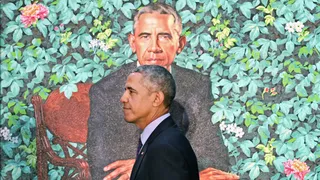
10 / 13
Like Basquiat, Kehinde Wiley’s art portrays the Black community, especially Black men, in ways that they haven’t often been portrayed in other spaces. He is likely best known for the portrait of former President Barack Obama which hangs in the National Portrait Gallery.
Photo By Matt McClain/The Washington Post via Getty Images
ADVERTISEMENT
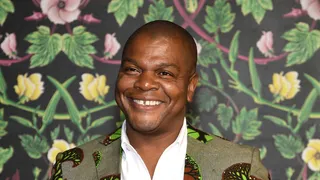
11 / 13
However, Kehinde Wiley’s clientele is as vast as his knowledge of art. He was also commissioned to paint portraits of the VH1 Hip-Hop Honors honorees in 2005. In 2014, he created Black Rock Senegal, a residency program for visual artists, writers, and filmmakers.
Photo By Getty Images
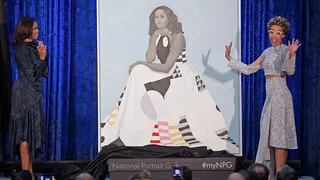
12 / 13
The experience of negotiating race and identity as a young woman in the American South informs the art of Amy Sherald. Best known for her portrait of former First Lady Michelle Obama, and the Vanity Fair cover portrait of Breonna Taylor, Sherald’s work focuses on representations of the African American body.
Photo By SAUL LOEB/AFP via Getty Images
